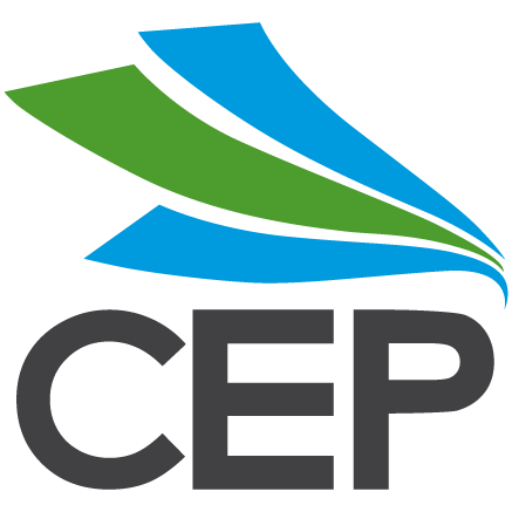Module overview
This self-directed online training module on “Understanding Emissions” covers the carbon cycle, emissions sources, carbon footprint calculations, natural and artificial sequestration and scoping emissions. It also includes categorising emissions and international standards. Learning objectives encompass understanding the carbon cycle, sequestration methods, emission scopes and categories, carbon footprint examples and international standards like ISO14064 and the GHG Protocol.
These objectives are achieved through nine lessons and four quizzes, covering topics such as the carbon cycle, natural and artificial sequestration, emission scopes, carbon footprint calculations, the relationship between energy and carbon and monitoring and reporting emissions.
Download
CEP1014: Understanding Emissions Module Outline (PDF)
Learning outcomes
By the end of the module, you should:
- Have a comprehensive understanding of the carbon cycle
- Have an understanding of natural and artificial carbon sequestration techniques
- Be able to fit different emissions categories into scopes and categories
- Be able to perform carbon footprint calculations
- Have an understanding of how to conduct an emissions inventory, compliant with international regulations such as ISO 14064 and GHG protocol
Instructions
- To complete this module, you will need to open each lesson video by clicking the play button.
- To enable subtitle captions, hover over the bottom of the video and click CC. Click again to remove the captions.
- Each lesson is an important part of this module, it is recommended you minimise distractions while viewing the videos.
- This module includes several short gateway quizzes that need to be passed for progression.
- Once you have completed all lessons, you will have access to a completion quiz to help prepare you for the badge exam.
- There is no limit on the number of times you can access the completion quiz, we recommend you repeat the exercise until you have achieved at least 75%.
- A certificate of completion will be available if you meet or surpass the 75% threshold in the completion quiz.
Demonstrate and promote your knowledge
- This module has a matching credential which carries a verifiable digital badge. You can get the credential and the digital badge for this module by passing an online badge exam.
- Completing this module does not qualify you for the credential and badge. However, it is your best preparation for exam success.
- Your digital badge can be linked to popular social media platforms such as LinkedIn, Facebook and X.
- Clients or employers can easily verify your credential through the secure Accredible badge platform.
Certification requirements
You will achieve your full Certified Professional in CarbonTM (CPC) certification after you have:
- Obtained all of the required badges (within a 5 year timeframe).
- Successfully completed an experience assessment.
- Accepted our Code of Ethics and Code of Professional Conduct and our Disciplinary procedures.
- Registered for the CEP Certification Scheme.
Copyright
All content in this module is copyright, 2025, Carbon and Energy Professionals New Zealand.

